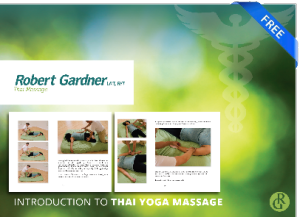Learning how to mulch your garden is really simple. If you search online you’ll find many tips, tricks and ways but over time I’ve learned that I’m a lazy gardener. The lazy way of mulching is sheet mulching. I want the most benefit for the least amount of effort. Anyone who gardens around Austin, Texas knows what we’re up against climate wise, geographically and rich alluvial soil isn’t on the agenda. Mulch helps you build soil and building soil is what organic gardeners do.
After a long hot summer this is what my garden looked like.

Supplies you’ll need:
1) Mulch..preferably truck loads of it.
2) Cardboard. No gloss, just brown or white paper that’ll decay
3) Pitchfork and wheelbarrow
This style of mulching applies to various gardens including ornamental plants but I use wood mulch for paths in my garden. Currently my focus is on edibles and I find that wood mulch and cardboard is the easiest way to take care of weeds, build soil long term and as the mulch decays it just makes better soil to be brief. You put down cardboard to smother bermuda grass. We all love bermuda grass as Austin gardeners right? Blech! The stuff is pernicious. Stop weeding it and start smothering it. It’s harder working than we are but it’s definitely not as smart.

So you put down cardboard and cover it completely with mulch 3-6″ deep. If at a later date you have more weeds you can spot mulch. In summer things are dry and hot and I do little gardening. The result is that after two years my garden is full of weeds but have no fear, you can do the same to your garden bed by weedeating heavily, putting down several layers of newspaper and putting compost on top 3″ or more deep. Same style, different result. You can plant directly in the compost. Over time both of these methods, for the paths and the garden, will keep you cool and gardening.

So how does this relate to back pain, spine care and a good life? Mulch provides cushion, meaning less impact, particularly on your lumbar spine. Masanobu Fukuoka used to become frustrated that farmers wouldn’t walk barefoot in their fields to feel the soil underneath them. Create better gardens, create better spines.
Okra…isn’t so bad, looking at least.






